In June of 2024, Webbing Market Products Pty Ltd showcased a certain video through which the intended audience was able to establish the effectiveness of the line-of-sight protective sleeves that are displayed in the production and the completion of rigorous tests that have been carried out for the protective sleeving arsenal.
July 2020: Tennessee Webbing Market Products announced the sourcing services for custom webbing. The program provides the manufacturers an option to Buy premium webbing at a cost and “stock and release” it over time. Having custom webbing allows the manufacturers to get the exact specifications that they desire, including tensile strength, color and style.
Indolift, a leader in lifting equipment, debuted the Indolift Webbing Market Sling in June 2024. As Indolift explains, the new Webbing Market Sling fulfills the requirements of vertical lifting for contemporary industries. With lifting slings designed to pull loads while standing strong, their tensile strength is of utmost importance. Their nature allows for easy handling whilst granting more flexibility, enabling the user to pull and manipulate heavy loads without straining too much. Moreover, it’s ergonomically engineered which helps in cost-effective maintenance.
The sling is also color-coded to clearly show the weight the user can lift and, therefore, improve safety and usability across lifting tasks.
In January 2024, Clamcleats Ltd launched a new product known as the PT427 loop, which is designed to fit into 50mm (2 inches) wide webbing. This item is produced from acetal material, which makes it strong and perfect for holding webbing. It is designed to be relatively short, 57mm long, 14mm wide, and 12mm high, making it portable and ideal for use in both outdoor and industrial environments.
Webbing Market Products Pty Ltd, on the other hand, has come up with a new protective sleeving line to be primarily used in industrial hydraulic hose applications, majorly in mining industries, that makes sense in August 2022.
The main objective of designing the sleeving was to avoid damage and ensure the safety of the hoses during a high-pressure failure by shielding them from the likes of pinholes and bursting. The product helps in bleeding the fluid out from either of such failures and within the material so it can safely ooze out and no dangerous pressure forms, allowing operators to see the warning. The sleeving was tested for bursting, pinholing and other techniques so that the sleeving could withstand at least 700 bar (10,150 psi) of pressure.
An industry standard for abrasion-resistant, flame-resistant, and electrically conducting materials is made compliant by the material, which makes it ideal for tough working conditions like that in the mining industry.
Autoliv announced the opening of a new manufacturing facility located in central Japan while at the same time disclosing their intention to close two more of their existing operations with a view to maximizing their footprint on the market in November 2021. According to Autumn Liv, it is foreseen that this new plant will support Autumn Liv in its environmentally sustainable approach whereby operational activities are more consolidated and consumer delivery distances shortened.
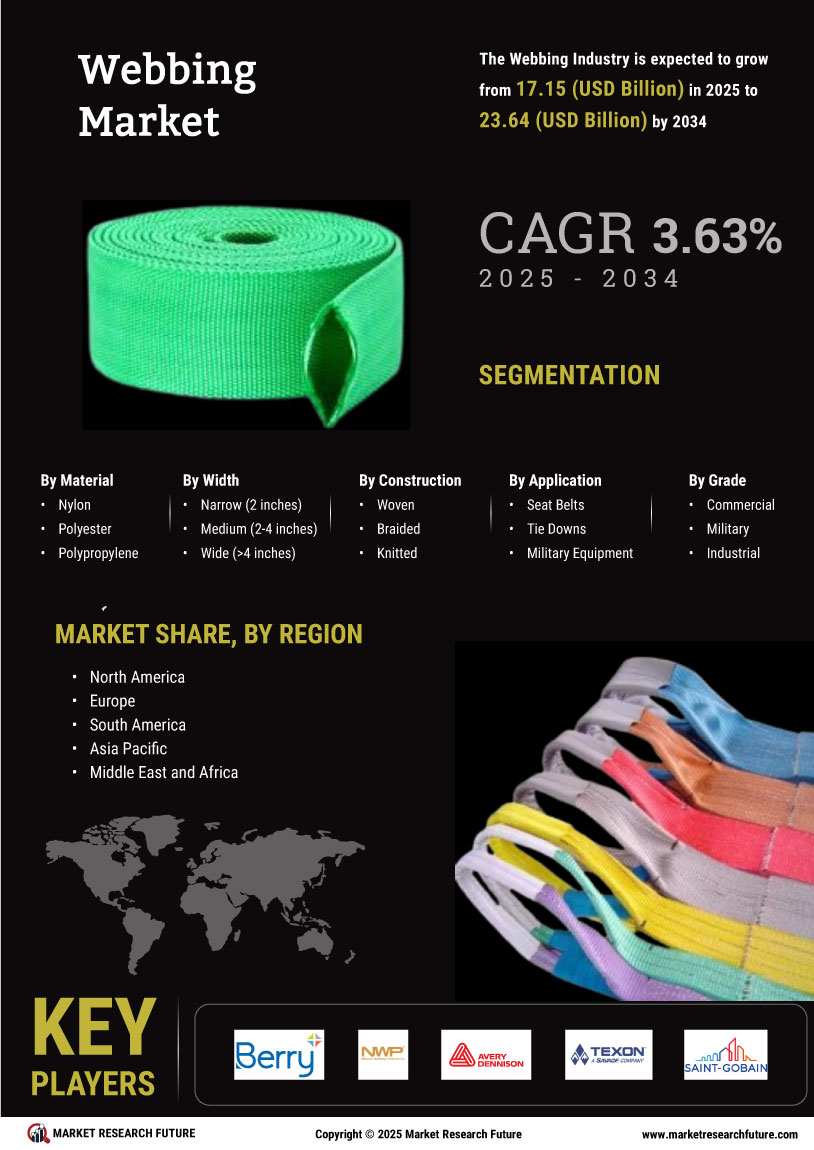


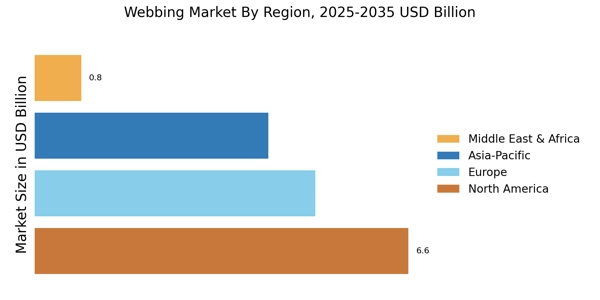
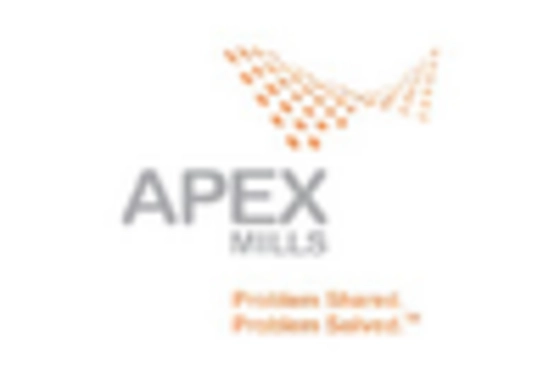
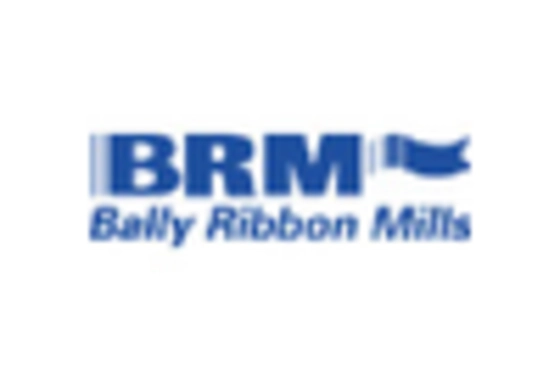
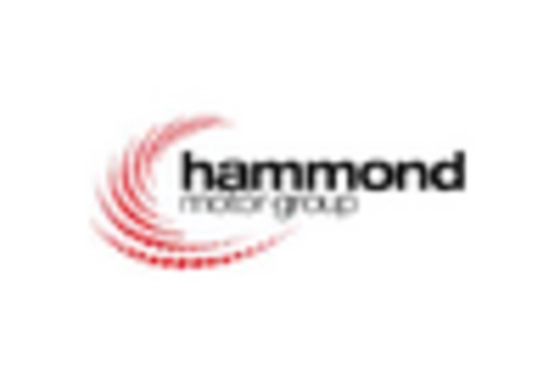











Leave a Comment